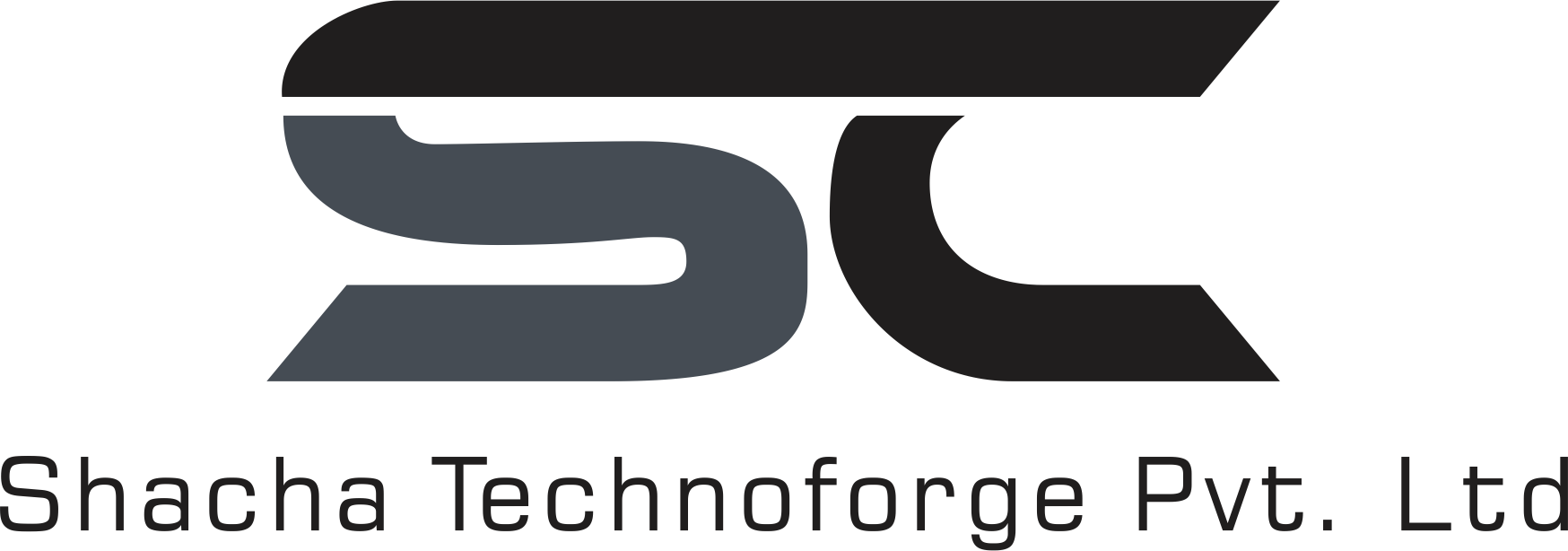Forging, is a metal molding method that uses compression, and localized pressures, since ancient times. Forging has evolved significantly since its inception resulting in a more effective, quicker, and much more lasting technique. This is why a majority of different types of forging nowadays are done with a forging press or hammering machines that are electrically powered, hydraulic systems, or pressurized air.
Carbon steel, alloy steel, micro-alloy steel, stainless steel, aluminum, and titanium are some of the most often utilized forging metals.
Various Types of Forgings
The diverse set of forging processes and forging types may be classified into these major categories:
Drop Forging
Drop forging takes its name from the method of molding metal into the body of a die by having to drop a hammer onto that. The region that gets into touch with the metals is known as the die.
Die surfaces are normally flat, with some possessing uniquely designed faces for specific processes. Drop forging is further classified into the following two types.
Process of Open Die Forging
Whenever flat dies with no predrilled features indulge in forging, the procedure is referred to as open die forging (or smith forging). The open design enables the metals to move anywhere except when it comes into contact with the die.
To attain the best outcomes, the piece must be moved correctly. This should weigh over 200,000 pounds and be 80 feet long. It's helpful for short-run art crafting or reshaping alloys before further molding.
Closed Die Forging Method
In this one of the more popular types of forging, castings are used in closed die forging, also known as impression die forging. Such molds are connected to a forge, and molten material is forced into the slots of the die by hammering. When forging complicated designs, several blows and/or die slots are frequently employed.
Closed die forging is costly for short-run activities due to the extremely high equipment expenses, but the fabrication becomes more cost-effective as component production grows.
Press Forging
Compression is the primary shaping force in press forging. The metal is placed on a fixed die whilst the compressive die provides relentless pressure to mold it. The metal's interaction with the die is considerably more prolonged than other forms of forming processes, but this forging process gains from the ability to concurrently flex the whole object, rather than just a localized part.
One advantage of press forging is the operator's capacity to analyze and regulate the particular compression rate. Because there are few limitations on the dimension of the product that may be made, press forging has a variety of applications. Press forging can be done either hot or cold.
Roll Forging
Roll forging is the technique of lengthening shafts or cables. To mold the metals, the maker puts hot metal rods inside two circular rolls with ridges that revolve and provide incremental compression. These grooves' finely designed geometry forges the metal item to the appropriate form. The absence of flash and a good grain structure are two advantages of this machining operation.
While roll forging employs rollers to manufacture materials and accessories, it is still classified as a metals forging process rather than a rolling method. Roll forging is widely used to manufacture automobile components. As one of the most widely utilized forging types, it is often utilized to forge objects such as cutlery and handling equipment.
Upset Forging
Upset forging is a forming procedure that uses compressing to expand the dimension of the metals. In upset forging procedures, a cranks press, a type of high-speed equipment, is employed. Crank presses are often situated in a flat direction to optimize effectiveness and the rapid interchange of metals from one stage to another.
Hydraulic presses and perpendicular crank presses are also employed. The benefits of this technique include a high output rate of up to 4500 components per hour and being fully automated. It also generates very little to no residues.
Isothermal Forging
Isothermal forging is a forging technique in which the metals and die are both fired to a certain temperature. The term is derived from the Greek word "iso," which means "identical." This forging process is widely used to forge aluminum because it has a lower forging temperature than some other materials like steel. The advantages are that near-net forms need less machining, leading to lower waste levels.
We hope the above classification and various types of forgings will help you better understand the process. Shacha Technoforge is the topmost forging and fabrication solution provider in the country. Their state-of-the-art facilities enable them to produce and supply the most technically sound and customer-satisfying forged products.
